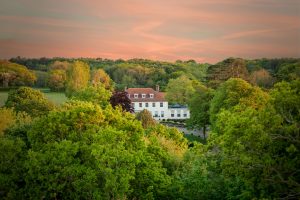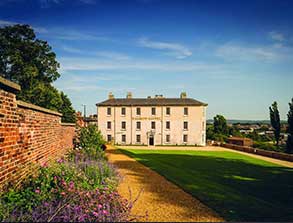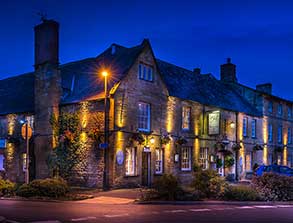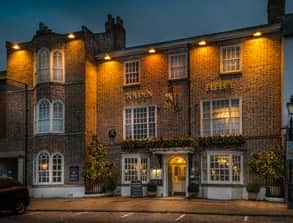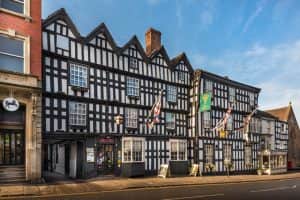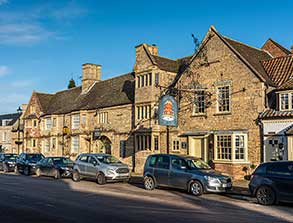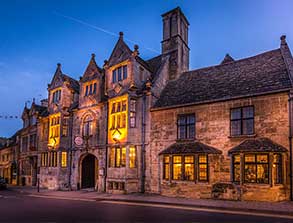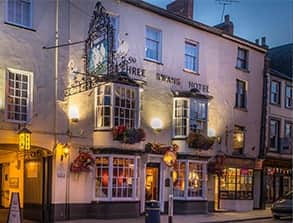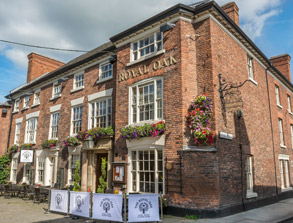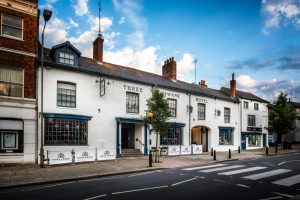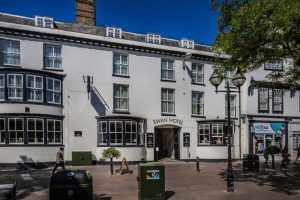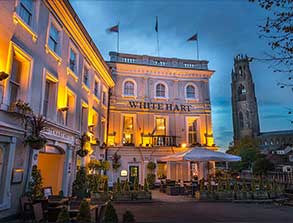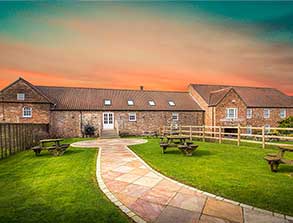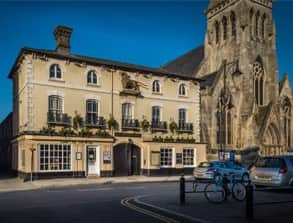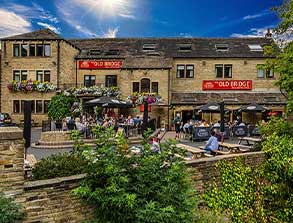It became a hotel for visiting aristocrats and gentry
The King’s Head in Richmond, North Yorkshire, was built as a town-centre mansion in 1720 by a local lead-mine owner. It traded as a hotel from at least 1725 and is thought to have been named in honour of Charles II, who in 1675 recreated the previously extinct dukedom of Richmond for one of his illegitimate children.
Records of the Georgian era confirm that The King’s Head was the preferred hostelry in Richmond for the entertainment of the local elite and for the accommodation of the well-to-do visitor. Aristocrats and the gentry came to Richmond for its picturesque local scenery, its historic ruins, and for its range of upper-class entertainments, including horse-racing and the inn’s own pleasure garden, which had a bowling-green and cock-fighting pit.
In 1765 The King’s Head was acquired by the exceptionally wealthy Sir Lawrence Dundas, who was the principal landowner in the surrounding district, and who had recently been elevated to a baronet. Successive heirs of the Dundas fortune rose through the ranks of the peerage, ultimately gaining the title Marquess of Zetland. In 1841 the family and their guests were entertained to a concert in The King’s Head ballroom by Franz Liszt.
The Dundas family retained ownership of The King’s Head for 134 years until 1897 when it was sold by the 1st marquess to a firm of wine merchants. It subsequently changed hands several times, and since its acquisition by The Coaching Inn Group in 2015 has undergone a major refurbishment to meet the needs of today’s market while respecting and retaining many fascinating features of its illustrious heritage.






